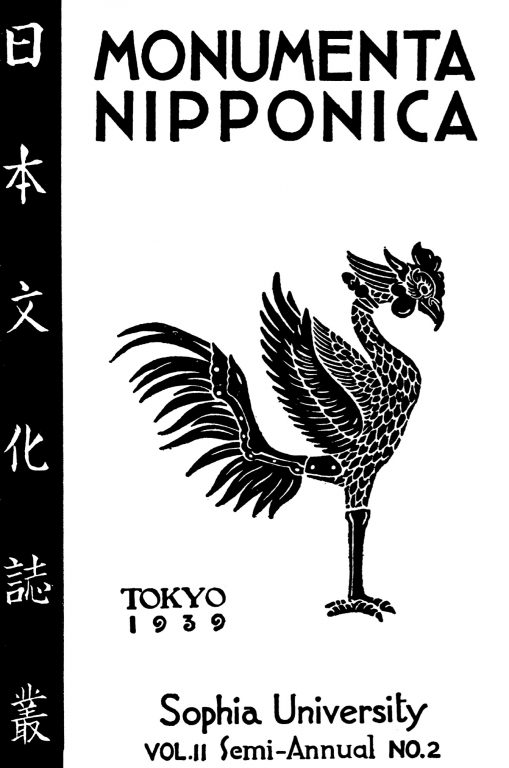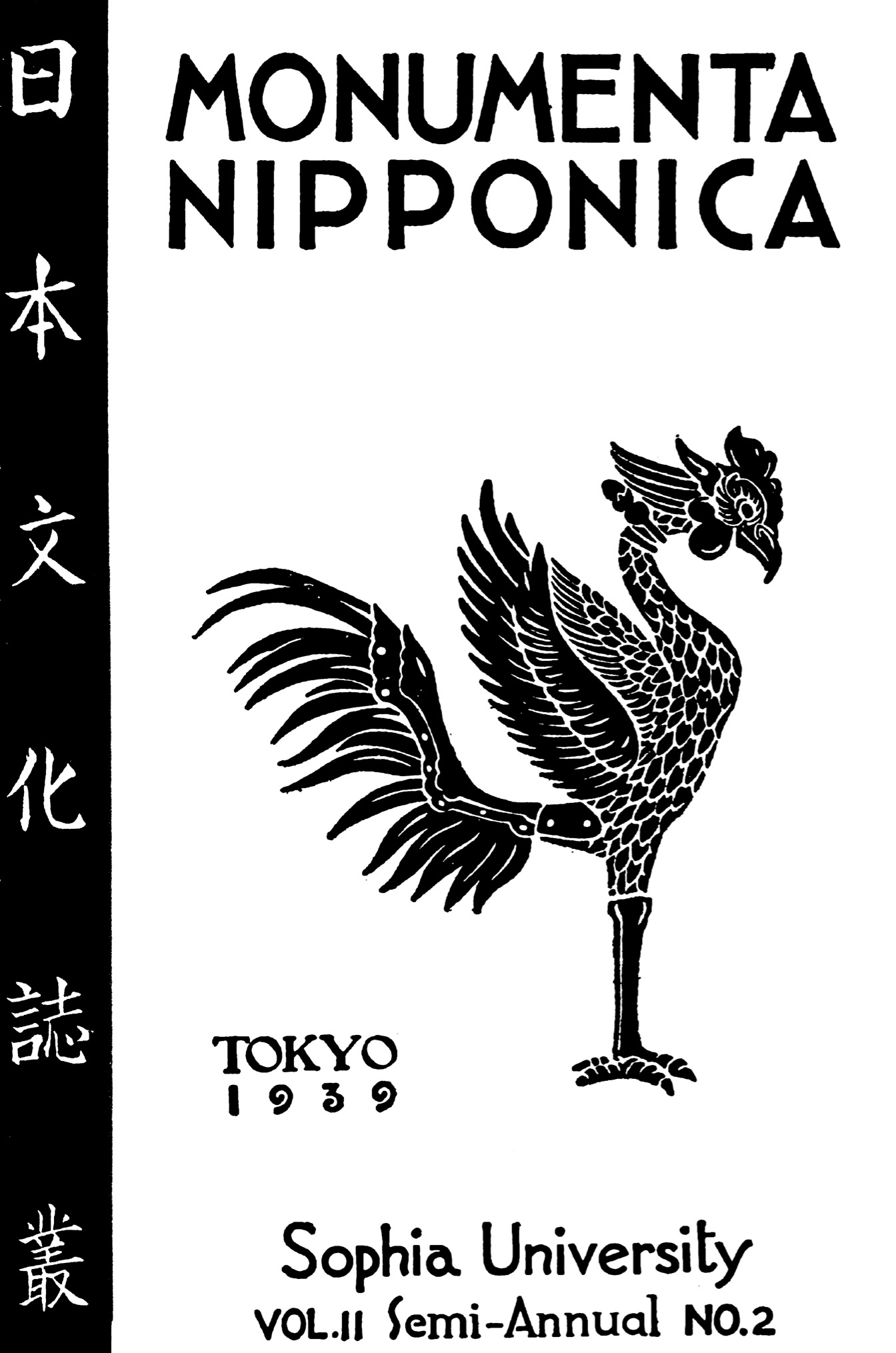The Rise and Decline of BukezukuriP. D. Perkins
MN 2:2 (1939) pp. 596–608
Since the writer first came to Kyoto in 1935 he was privileged in being allowed to become the pupil of Tsutomu Ema, Director of the Fūzoku Kenkyū Kai, whose life has been devoted to the study of Japanese manners and customs. One of the first and most lasting impressions gained was that much or the valuable data known to Professor Ima and his colleagues had yet to be translated into English. Many books in English on the architecture of Japanese temples, shrines, teahouses and gardens were available but, though the warrior, the samurai and his code of loyalty were the principal themes of literature and the theatre, no detailed study in English seemed to have been made of the house in which he lived. Therefore, as other writers have confessed, this study was begun because of curiosity. In rewriting into English the writer not only received the advice of Professor Ema but was fortunate in persuading Prof. Keiichi Fujii to help in defining the multitude of technical terms. To Giichi Fujiwara, Lecturer on Architecture in the Kyoto Imperial University, the writer expresses his gratitude for reading and criticizing the manuscript, and to Professor Ema for permission to use the illustrations, all of which came from his mles.

